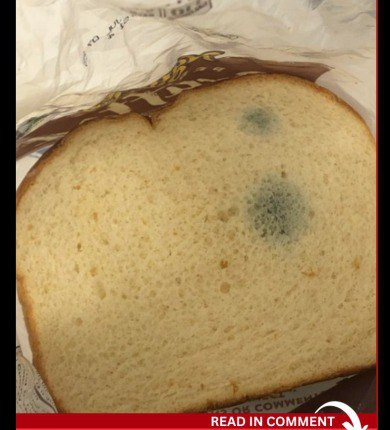ADVERTISEMENT
Absolutely! Here’s an informative and approachable article titled:
Stale Bread: When It’s Safe to Eat and When to Toss It
We’ve all been there: you reach for the loaf of bread on the counter or in the pantry, only to find it’s a little dry and stiff—not quite fresh, but not moldy either. The question is, should you eat it, repurpose it, or throw it out?
Here’s how to tell when stale bread is safe to eat, and when it’s time to toss it for good.
🍞 Stale vs. Spoiled: What’s the Difference?
- Stale bread means it’s dried out. It’s lost moisture, which can affect taste and texture, but not safety.
- Spoiled bread has gone bad—due to mold, strange smells, or an off taste. This is when bread becomes unsafe to eat.
So just because your bread is hard or chewy doesn’t mean it’s garbage.
✅ When Stale Bread Is Safe to Eat
If your bread is:
- Dry or tough but free of mold
- Hard crusted but smells normal
- Just a few days past its best-by date
…it’s probably just stale, not spoiled. And stale bread can still be delicious with a little creativity.
👩🍳 Ways to Use Safe Stale Bread:
- French Toast: Soaks up egg mixture better than fresh bread.
- Croutons: Cube, season, and toast in the oven.
- Breadcrumbs: Blitz in a food processor for homemade crumbs.
- Bread Pudding: The drier the bread, the better it absorbs custard.
- Panzanella Salad: A great way to use up rustic or artisan bread.
- Garlic Bread: Butter and toast it back to life.
Stale bread = culinary opportunity.
ADVERTISEMENT
